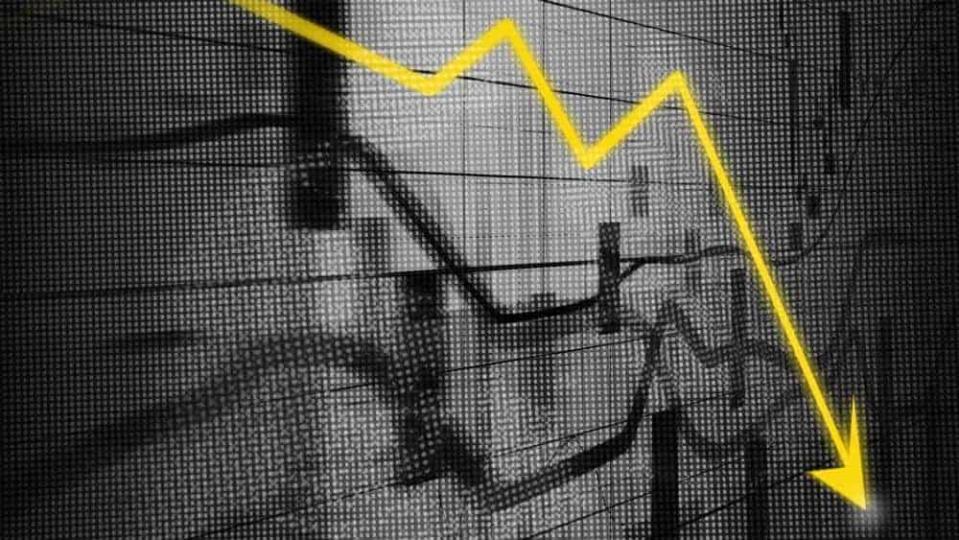A 2020 Market Crash Could Cause 40% Losses in Your TFSA Forever

The very purpose of the Tax-Free Savings Account (TFSA) is to help Canadians grow savings or build a retirement fund. Since the primary objective is to secure future financial well-being, TFSA users need to be cautious. In case of a market crash in 2020, you can incur investment losses of 40% or more within your TFSA.
Bear in mind that whatever losses you incur are not withdrawals. Also, it’s not part of your contribution room. The maximum contribution room remains a constraint, and therefore, you can’t gain the room back. And the losses are permanent.
Investment preference
Although bonds (government and corporate) and Government Income Certificates (GICs) are safer investments, many TFSA users prefer stocks because the potential return is higher. All capital gains are tax-free such that when your money doubles in value, all profits are yours to keep.
Foundation in your portfolio
The utility sector has a pair of stocks that can add stability to your portfolio. Fortis (TSX:FTS)(NYSE:FTS) and Hydro One (TSX:H) operate in a highly regulated environment. With both companies consistently collecting in revenues, the stocks can sustain rewarding investors with excellent dividends.
Fortis is an investment for keeps. This $24.93 billion is the provider of clean, reliable, and safe energy to the regions of Canada, the U.S., and the Caribbean. Because the nature of its business is low risk, Fortis more or less possesses bond-like features. Aside from the steady dividends, there’s a potential for capital gains.
Notably, Fortis ranks among the top Dividend Aristocrats owing to its record of raising dividends for 40 consecutive years. You can say the stock is trading at a premium ($54.13 per share), but the price is hardly a factor. You’re investing in this stock to ensure your capital is not at risk during a market crash.
The current yield of 3.54% is adequate, although management stated recently the desire to increase dividends by 6% through 2024. Its goal is doable considering the long-term contracts and a long list of projects in the pipeline.
Hydro One operates primarily in Ontario, where it holds a dominant position. This $15 billion electric utility company has the full backing of the provincial government, and competition is nearly non-existent. About 1.4 million residential and business customers benefit from Hydro One’s electricity distribution services.
In late November 2019, Hydro One and the Independent Electricity System Operator jointly announced a collaboration to invest in and pursue key initiatives. The duo is supporting the growth of the greenhouse, industrial, and residential sectors in Essex County.
Likewise, Hydro One has a $580 million multi-stage capital and maintenance investment plan. The combination of existing and new projects is capable of providing sufficient electricity to an area the size of Ottawa by 2026.
Hydro One’s dividend yield is 3.90%. A $100,000 investment in this stock can produce $3,900 in annual income. The price is nearly 50% lower than that of Fortis.
Subdued risks
The choice between Fortis and Hydro One depends on your budget or available TFSA contribution room. Both utility stocks should enable the tax-free growth of your money due to the subdued risks and safety of dividends.
More reading
Canada Revenue Agency: 1 Big Change to Watch Out for in 2020
CPP Pension Users: Is 60 or 70 the Ideal Age to Take Your CPP?
Fool contributor Christopher Liew has no position in any of the stocks mentioned.
The Motley Fool’s purpose is to help the world invest, better. Click here now for your free subscription to Take Stock, The Motley Fool Canada’s free investing newsletter. Packed with stock ideas and investing advice, it is essential reading for anyone looking to build and grow their wealth in the years ahead. Motley Fool Canada 2020

 Yahoo Finance
Yahoo Finance 